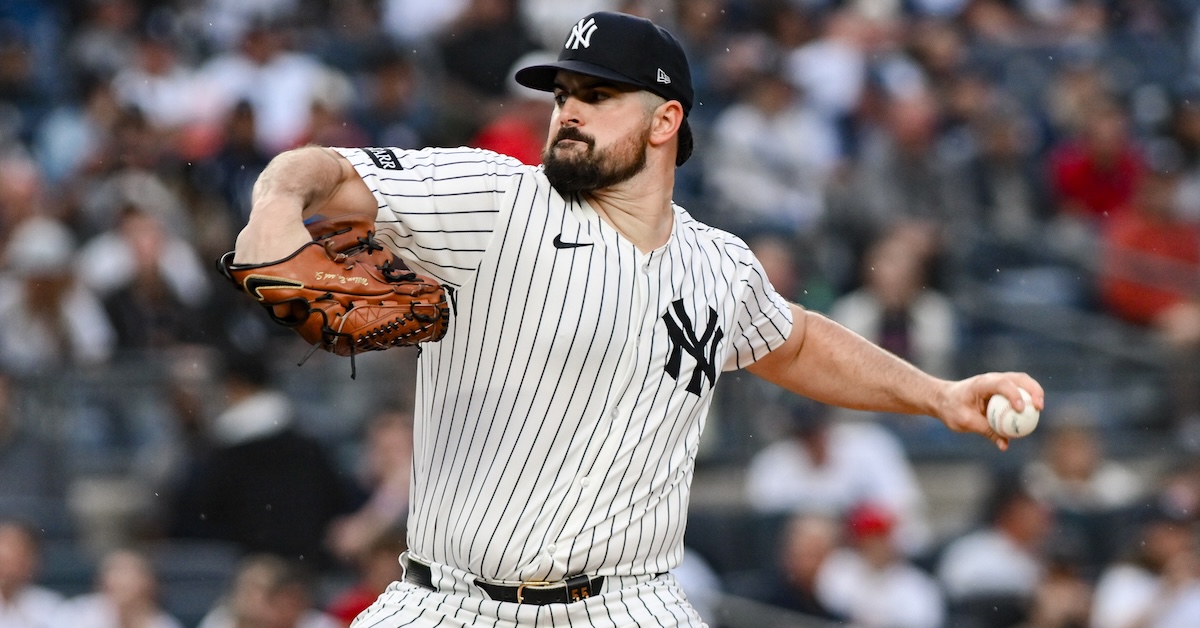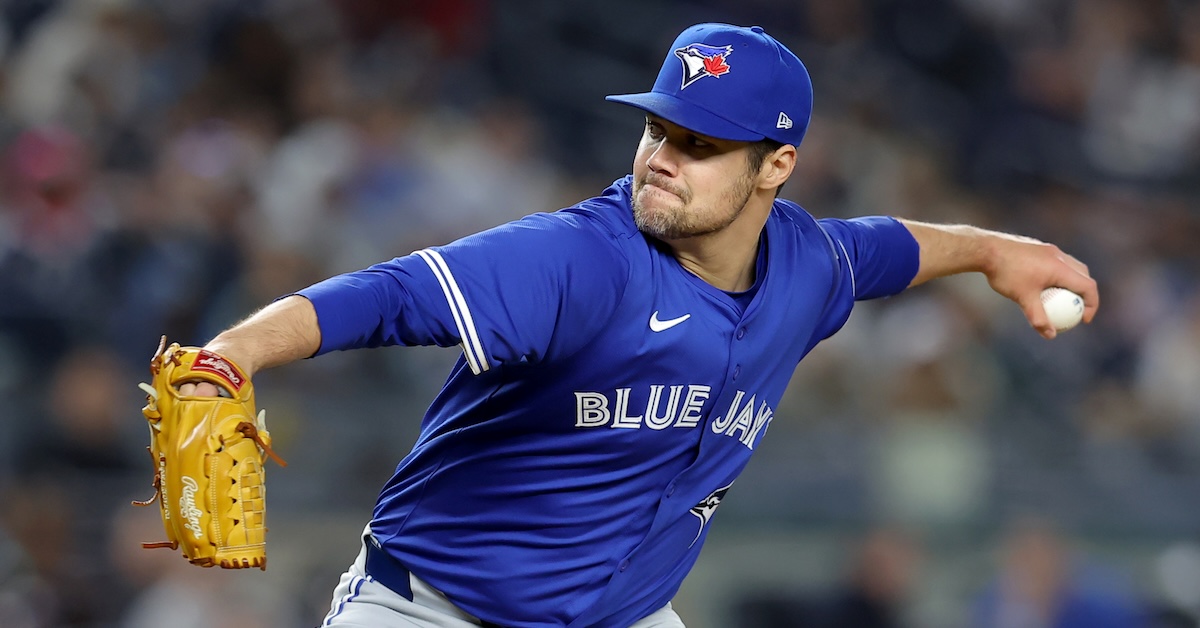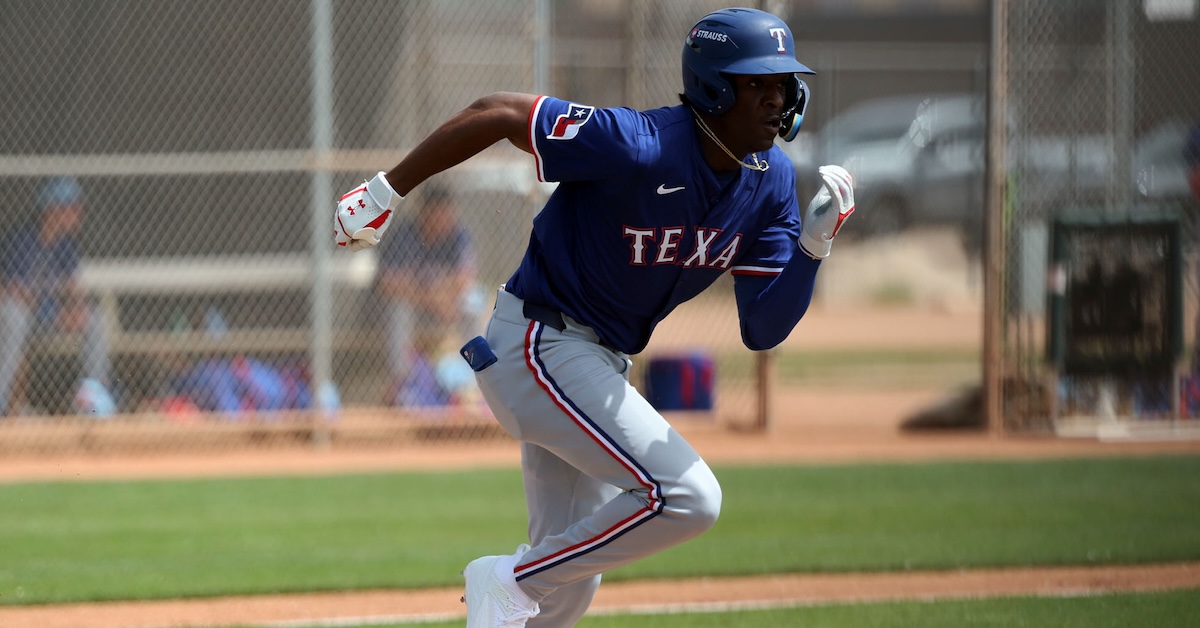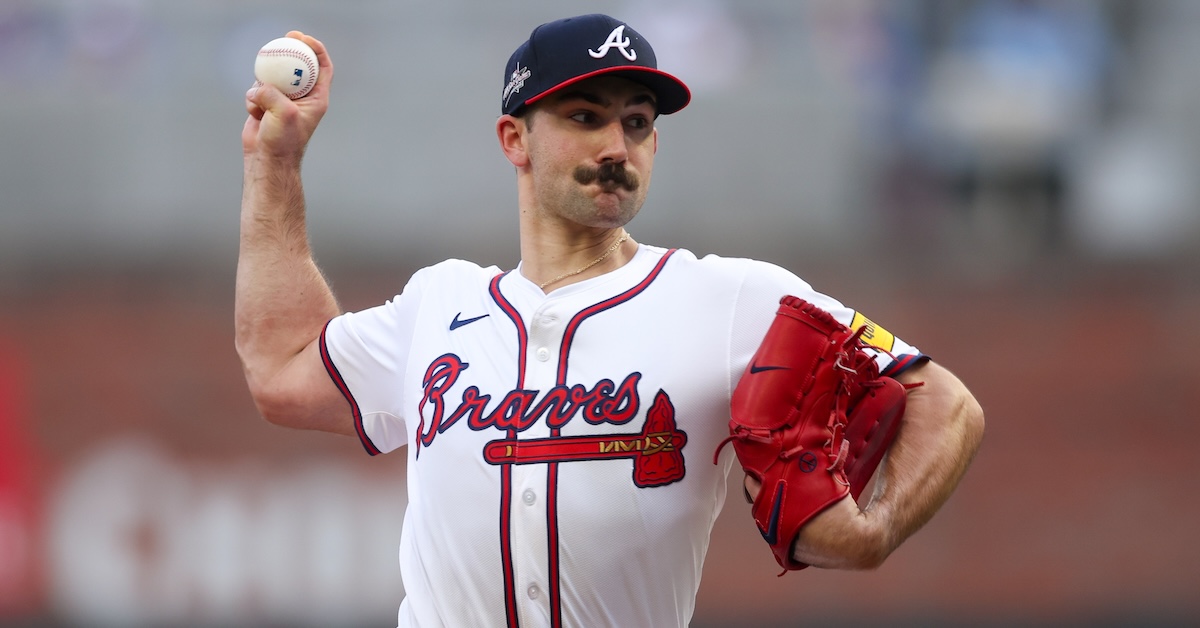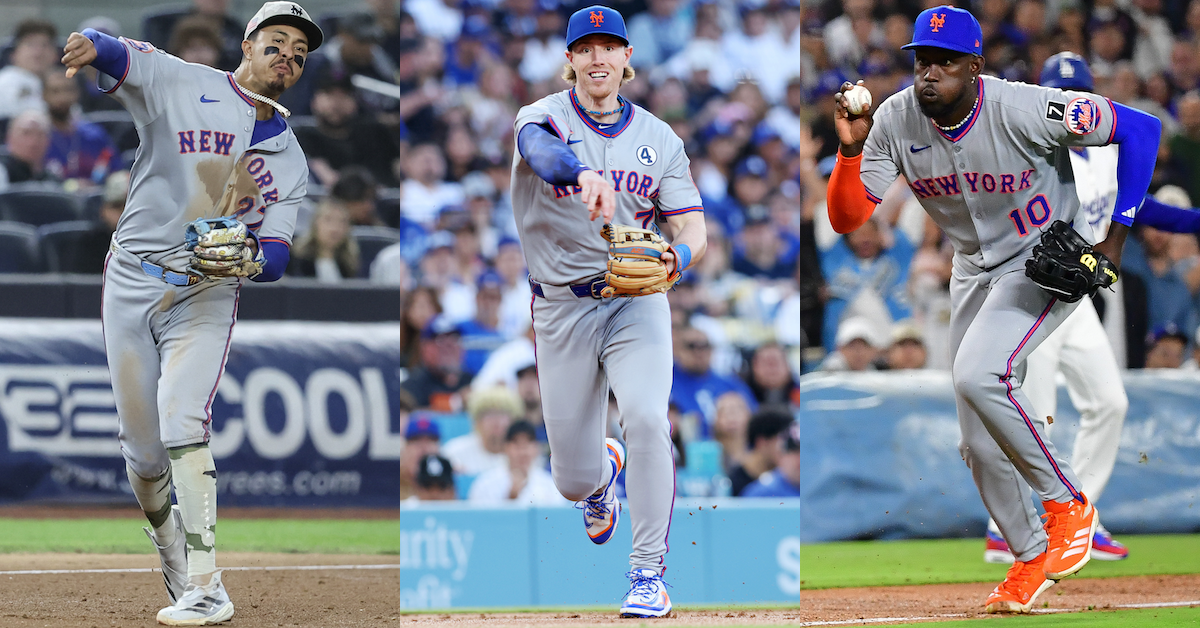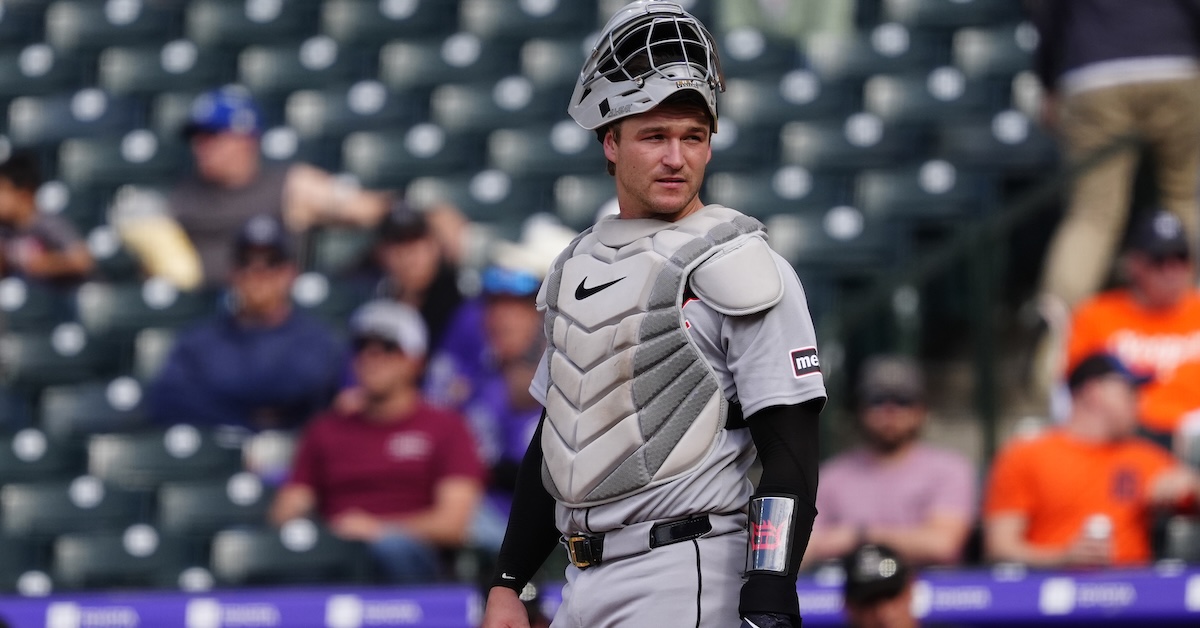Roman Anthony Has Arrived in Boston
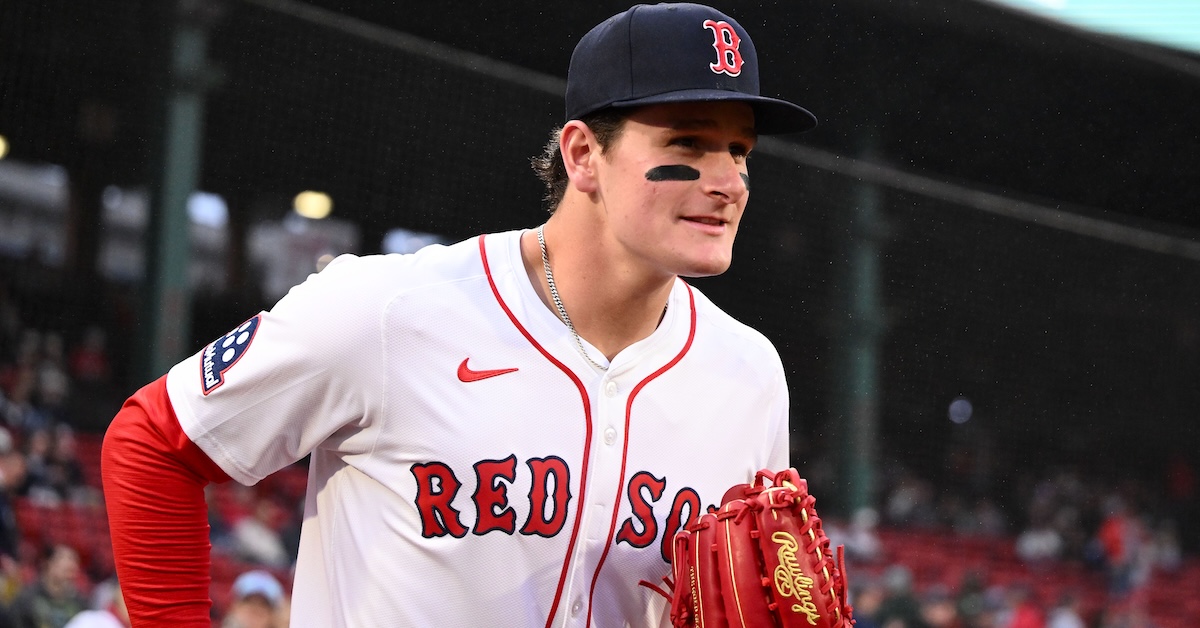
The wait is over. On Monday, the Red Sox called up Roman Anthony, the consensus top prospect in baseball. He batted fifth and played right field against the Rays, going 0-for-4 with a walk, an RBI, and a costly error. After spending the last few seasons absolutely torching the minors, it turns out Anthony just needed to smash a 497-foot grand slam – the longest ball hit in either the majors or the minors this season – in order to earn his spot in Boston.
What really brought Anthony to Boston was a left oblique strain to Wilyer Abreu, whom the Red Sox placed on the IL when they announced Anthony’s promotion (though the 497-footer certainly couldn’t have hurt). The team designated Ryan Noda for assignment to open a 40-man roster spot.
After all the anticipation, the promotion happened at the very last minute; there were no tear-jerker undercover boss videos. Although Abreu showed discomfort during Friday’s game against the Yankees, the team wasn’t sure until Monday afternoon that he’d actually need to go on the IL. The Triple-A Worcester Red Sox were on the bus about to head to their next series in the Lehigh Valley when the big club called and asked them to wait. Everybody piled off the bus, but the team’s gear was already en route to Pennsylvania. So Anthony drove up the Mass Pike after getting the news and played the game in borrowed cleats. Luckily, teammate Marcelo Mayer already had one of Anthony’s bats.
The Red Sox could certainly use a savior right about now. At 32-36, they’re in fourth place in the East, nine games behind the Yankees, and 4 1/2 games out of the final Wild Card spot. We currently have them with a 15.7% chance of making the playoffs. Read the rest of this entry »



